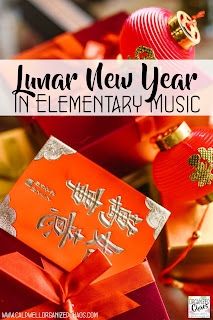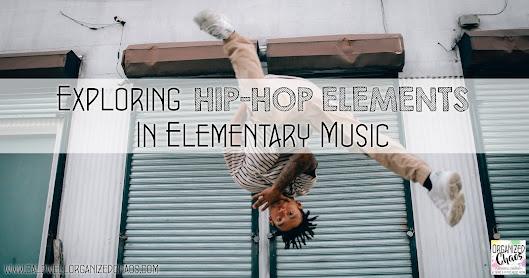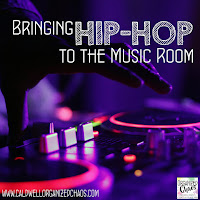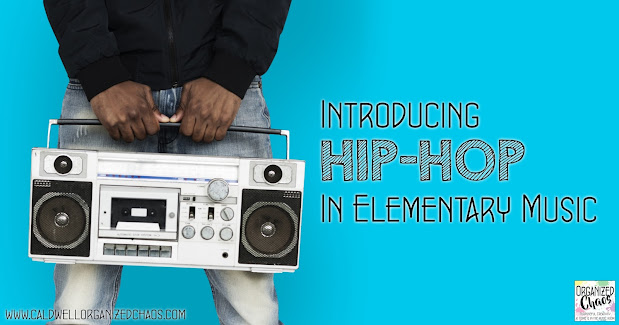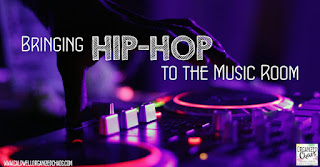Lunar New Year is coming up soon- this year (2022) it will be celebrated in China, Vietnam, Korea, and other countries on February 1st. If you are looking to incorporate the holiday into your elementary music classroom this year, here are a few resources to get you started.
First a quick note about "Chinese New Year" vs "Lunar New Year": it's important to remember that other countries besides China celebrate the new year on the Lunar calendar. China is the most populous country that does, but each culture has their own traditions for celebrating that are slightly different. When I introduce it to my students I usually start off by using the term "Lunar New Year", and then if I am going to focus on specific traditions, I identify which country it's from. So if we are indeed talking about new year's celebrations in China, we'll say "Chinese New Year"! It's important to be mindful of what you're actually talking about and use the appropriate vocabulary.
China
There are quite a few play-alongs that have popped up all over YouTube that are Lunar New Year themed, but this one is from a (seemingly) Chinese- run channel and it is HARD (in a fun way)! I slowed this way down (you can do that by clicking on the gear icon in the video) for my 3rd graders last year to tie into our discussion of meter (it switches between duple and triple) and they were laser-focused trying to stay on the beat. I highly recommend this one for upper elementary especially!
There are plenty of translated versions of the Chinese New Year song, "Gong Xi Gong Xi" available online and especially in the context of elementary music where we have so little class time I think it's fine to teach students the verse in English and then the chorus in Mandarin. But I love using this video to show students what the writing looks like and hear the original lyrics pronounced correctly, and for upper elementary it's really not that difficult for them to learn the first verse in Mandarin as well as the chorus.
Korea
Korean Lunar New Year is called Seollal and the most famous children's song is a great one for adding pitched instruments, like boomwhackers or barred percussion, because it stays solidly in tonic and dominant chords. I like using this video to introduce the song and have students guess what the lyrics are about based on the pictures (they usually get pretty close, as the illustrations are quite well done). You'll find the lyrics in Korean script, the transliteration/ pronunciation, and a translation in the video description. I haven't taught students to sing this one because there aren't any repetitive lyrics that make it practical to teach in limited class time, but it's very easy to put together some instrumentation and play along!
Vietnam
I love any chance I have to share contemporary music from different cultures- this is a music video for a Lunar New Year song from Vietnam that just came out this year and it's easy to follow the basic storyline by watching this video. This would be a great way to start a conversation with older students comparing the way Lunar New Year is clearly an important time for family gatherings in Vietnam with the holidays that are important for their own families, and it's especially poignant right now as it depicts families gathering during the ongoing pandemic.
This song is a more widely-known Tết Nguyên Đán (Vietnamese Lunar New Year) song, and this particular video shows a typical family celebrating a typical Lunar New Year in Vietnam. I've used this with younger students to take turns coming up with ways to keep the steady beat while listening and watching, then discussing what they saw in the video at the end.
Hopefully this gives you some fresh ideas to incorporate into your lessons! If you have other sources from culture-bearers that you've used in your class, please leave a comment to share.


